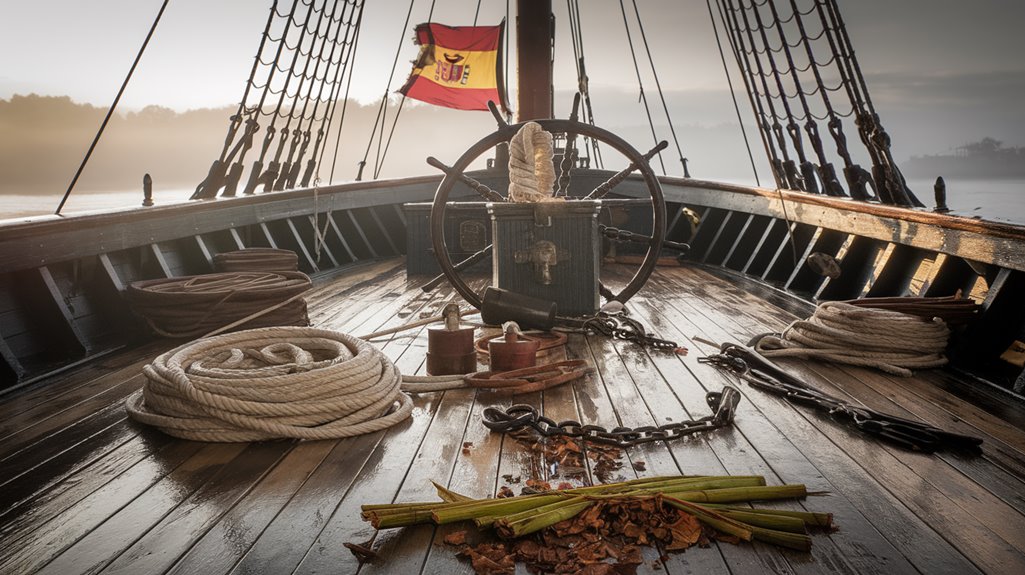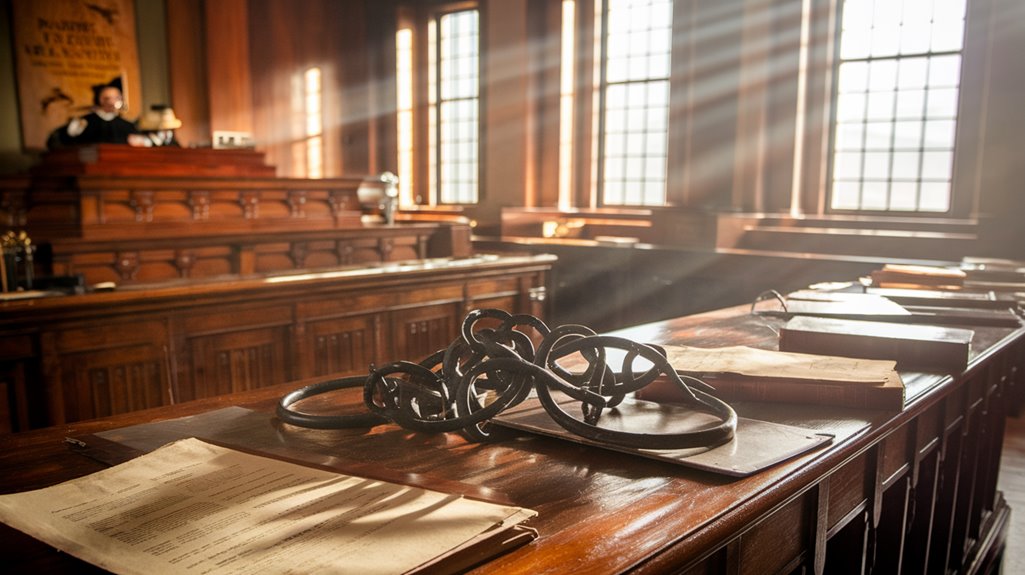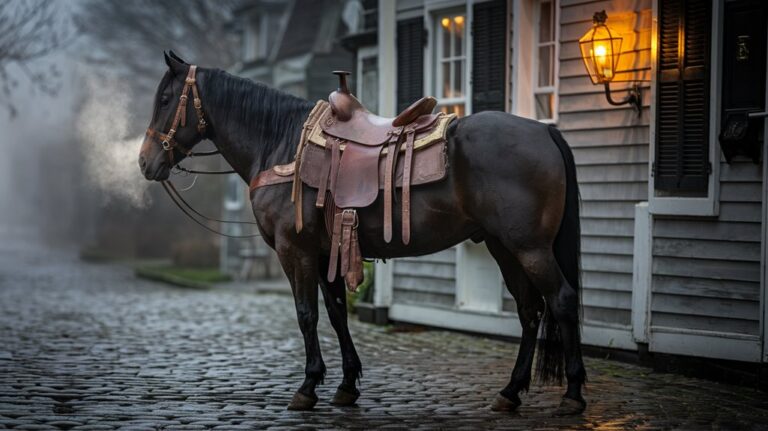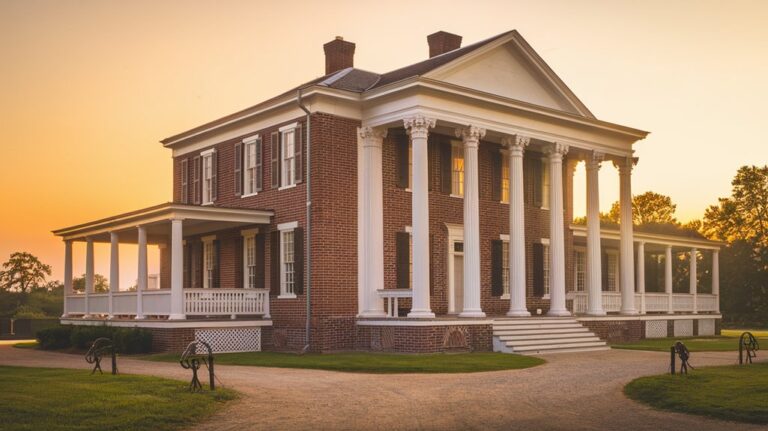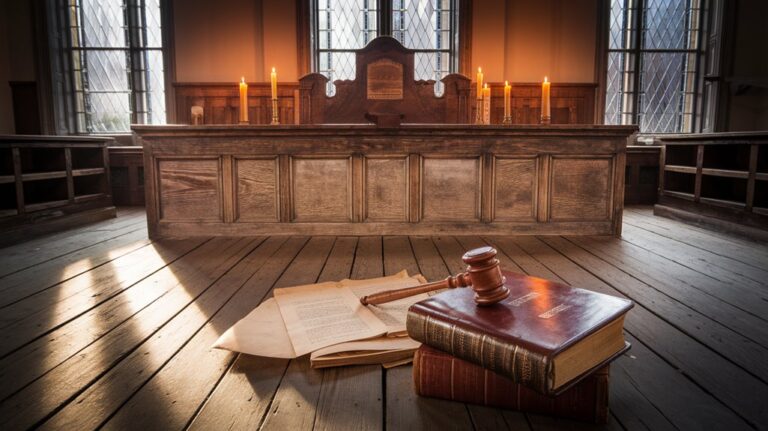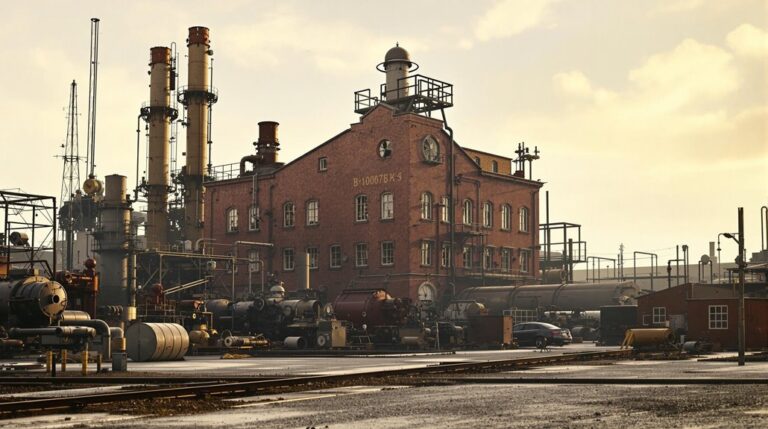The Amistad Revolt: When Slaves Fought for Their Freedom
You've likely heard stories of resistance against slavery, but the Amistad Revolt stands out as a remarkable turning point in history. When Joseph Cinqué and his fellow captives seized control of their prison ship in 1839, they didn't just fight for their own freedom – they ignited a legal battle that would challenge America's moral conscience. Their courage and determination would go on to inspire generations of human rights activists, and their story still carries powerful lessons for today.
The Roots of a Historic Rebellion
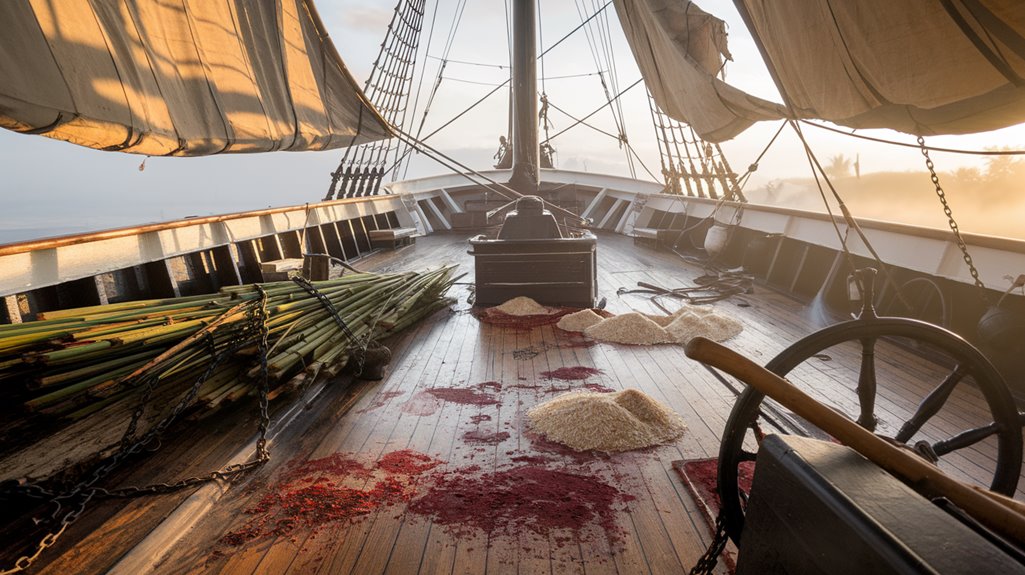
When Portuguese slave hunters illegally captured 53 Africans in Sierra Leone in February 1839, they set in motion one of history's most significant slave revolts.
Despite international agreements banning the slave trade, these hunters transported their captives aboard the Tecora to Havana, Cuba, where two Spaniards, Pedro Montes and Jose Ruiz, purchased them.
The African resistance began taking shape during their second voyage aboard the Amistad. Led by Joseph Cinqué, whose slave narrative would later become essential testimony in court, the captives refused to accept their fate. The determined captives managed to overpower the crew and kept just the navigator alive to help direct their ship. On July 2, 1839, Cinqué managed to free himself from chains and subsequently liberated his fellow captives.
You'll find it particularly remarkable that while slavery remained legal in Cuba at the time, importing slaves from Africa wasn't – a legal contradiction that would prove crucial to their eventual freedom.
This illicit transaction sparked an uprising that would challenge America's moral conscience.
A Desperate Fight for Freedom at Sea
On the morning of July 2, 1839, after discovering a rusty file in their hold, Joseph Cinqué and his fellow captives aboard La Amistad transformed their desperation into action.
Under harsh maritime conditions, they'd endured division between the ship's hold and deck while being transported from Havana to Puerto Príncipe. Their revolt tactics were swift and decisive: after sawing through their manacles, they overwhelmed the crew, killing the cook and captain while sparing three others who could help navigate. The 120-foot Spanish schooner had become the stage for one of history's most significant slave revolts. During their two-month journey at sea, eight enslaved people died from exposure and thirst.
You'll find it remarkable that the survivors cleverly forced the remaining crew members—Antonio, Ruiz, and Montes—to sail them back to Africa.
However, the navigators secretly steered north along America's coast instead, leading to encounters with pilot boats before their eventual capture by the U.S. brig Washington near Long Island.
The Legal Battle That Shook America
The legal battle following the Amistad's seizure erupted into a complex web of lawsuits and competing claims.
You'd find various parties fighting for control: U.S. officers seeking salvage rights, Spanish traders demanding their "property," and the Africans fighting for their freedom.
The legal implications reached far beyond American shores. Spain invoked the Pinckney Treaty, demanding the return of the ship and captives, while the Van Buren administration supported these claims in court.
However, former President John Quincy Adams' powerful defense of the Africans' rights helped secure a landmark Supreme Court victory. Lewis Tappan and his fellow abolitionists worked tirelessly to build public sympathy for the captives.
The murder charges were dropped against the Africans, shifting the legal focus to property rights claims.
The international response was immediate. While Spain continued demanding damages until the Civil War, the case galvanized abolitionists.
With help from missionaries and donors, the freed Africans finally returned to Sierra Leone in 1842.
John Quincy Adams: Champion of the Enslaved
At seventy-three years old, former President John Quincy Adams emerged as an unlikely hero in the Amistad case, accepting the challenge to defend the captives despite his initial doubts.
His legal strategy centered on a powerful argument: the Mende were free individuals who'd been illegally captured and sold into slavery, justifying their acts of self-defense.
Adams' advocacy before the Supreme Court was remarkable. He delivered a compelling nine-hour speech, drawing from his experience fighting Congress's anti-slavery petition ban.
When the Court ruled in favor of the captives, ordering their return to Sierra Leone, Adams celebrated what he considered his last great service to the nation.
The grateful Mende presented him with a bible, and Adams continued his fight against slavery until his death in 1848.
The Legacy of the Amistad Heroes
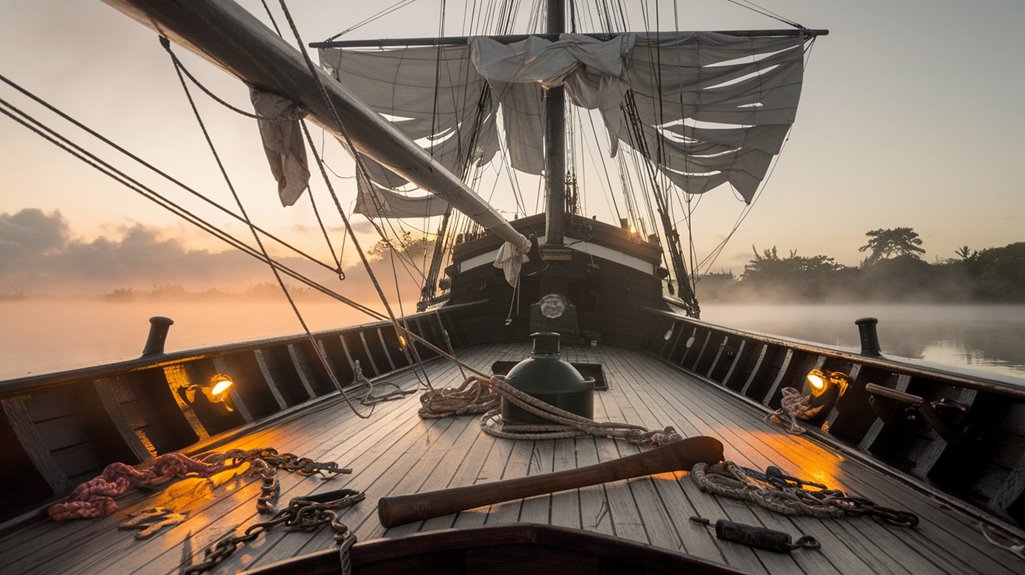
Sailing far beyond its historical moment, the Amistad revolt's legacy continues to shape conversations about human rights and social justice today.
The Amistad influence extends through generations, as exemplified by New Haven officials like Mayor Toni Harp, who draw parallels between historical struggles and contemporary challenges. The Freedom Schooner Amistad serves as a 78-foot floating classroom for visitors to experience this powerful history firsthand. The revolt began when Cinque broke free and led fellow captives in overtaking the ship.
You'll find hero recognition most prominently in the story of Sengbe Pieh, whom Northern newspapers compared to classical heroes. His leadership during the revolt inspired not just his fellow captives but generations of activists.
After winning their freedom in 1841, the survivors returned to Sierra Leone, where their story helped spark a nationalist movement.
Today, you can explore this legacy through educational programs featuring the Amistad replica ship, ensuring these heroes' courage and determination continue inspiring social justice efforts worldwide.

